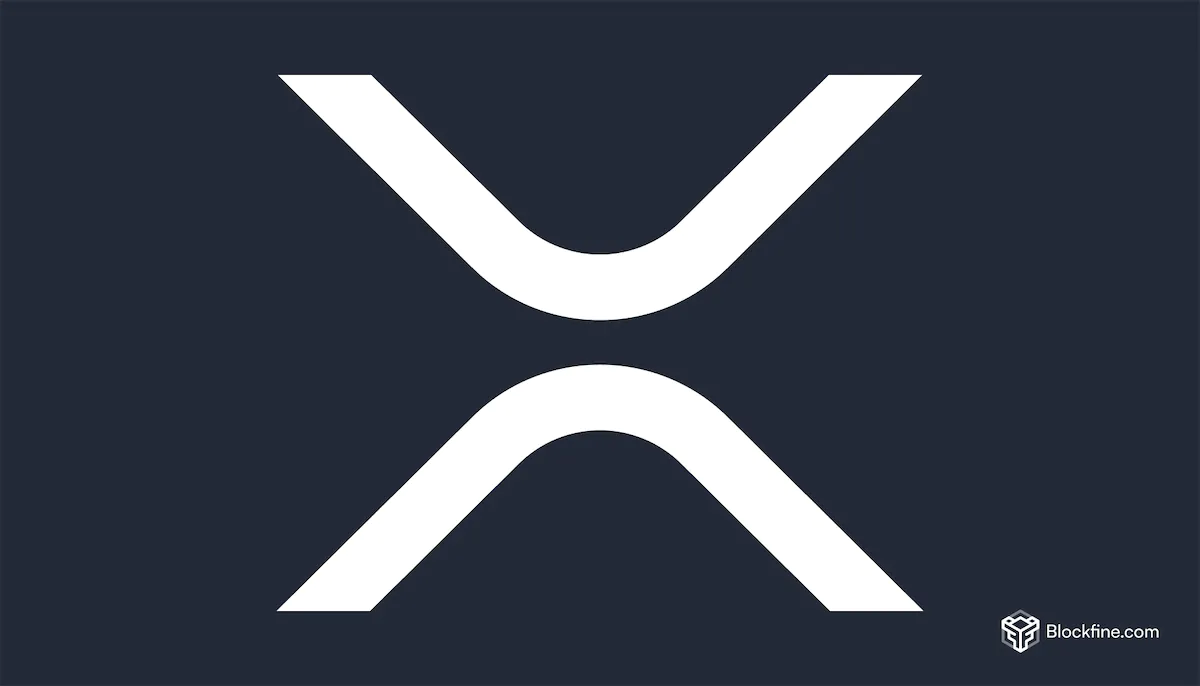Ripple (XRP) is a digital payment protocol and cryptocurrency designed to enable fast, cost-efficient cross-border transactions. Unlike many other cryptocurrencies that focus on decentralization and peer-to-peer transactions, Ripple is primarily aimed at improving the efficiency of international payments, making it particularly attractive to banks and financial institutions.
What is Ripple?
Ripple refers to both a platform and a cryptocurrency. The platform, RippleNet, is a real-time gross settlement system, currency exchange, and remittance network. RippleNet allows financial institutions to process cross-border payments more quickly, reliably, and cost-effectively compared to traditional systems like SWIFT. Ripple’s native cryptocurrency, XRP, serves as a bridge currency in this network, facilitating the transfer of value between different fiat currencies.
Key Features of Ripple (XRP)
Fast and Low-Cost Transactions
One of Ripple’s most significant advantages is its ability to process transactions quickly and at a low cost. XRP transactions typically settle within 3-5 seconds, and the fees are minimal, often less than a fraction of a cent. This makes it a powerful tool for international money transfers, where speed and cost are critical considerations.
Consensus Algorithm
Unlike Bitcoin or Ethereum, which use Proof of Work (PoW) and Proof of Stake (PoS) respectively, Ripple uses a unique consensus algorithm known as the Ripple Protocol Consensus Algorithm (RPCA). This system relies on a network of independent validating nodes that must reach consensus on the validity of transactions. This approach is energy-efficient and allows for rapid processing of transactions without the need for mining.
Centralization and Decentralization Debate
Ripple is often considered more centralized than other cryptocurrencies. This is partly because a significant portion of XRP is held by Ripple Labs, the company behind Ripple. Additionally, the XRP Ledger’s validation process can be controlled by a list of trusted nodes, which some critics argue limits decentralization. However, Ripple Labs has been actively working to increase the number of independent validators to address these concerns.
XRP as a Bridge Currency
XRP is primarily used as a bridge currency in RippleNet, enabling liquidity between different fiat currencies. For instance, if a bank wants to transfer money from one country to another, XRP can be used to convert the source currency into the destination currency seamlessly, reducing the need for multiple intermediaries and lowering transaction costs.
Development Team and History
Ripple was created in 2012 by Chris Larsen, Jed McCaleb, and David Schwartz. The XRP Ledger was developed as an alternative to Bitcoin’s mining-based system, focusing on improving the speed and efficiency of transactions. Ripple Labs, the company behind Ripple, initially launched under the name OpenCoin before rebranding to Ripple Labs.
RippleNet Products
RippleNet offers several products designed to improve the efficiency of global payments:
- xCurrent: A solution for real-time settlement of cross-border payments without requiring XRP.
- xRapid: Uses XRP to provide on-demand liquidity for cross-border transactions, reducing costs and improving transaction speed.
- xVia: An API-based interface that allows users to send payments across various networks.
The Future of Ripple (XRP)
Ripple’s future is closely tied to its ongoing legal battle with the U.S. Securities and Exchange Commission (SEC). The SEC filed a lawsuit against Ripple Labs in 2020, alleging that XRP was sold as an unregistered security. While Ripple has achieved some legal victories, the case remains unresolved and could have significant implications for the future of XRP.
Despite the legal challenges, Ripple continues to expand its network and partnerships with financial institutions worldwide. Its focus on improving the efficiency of cross-border payments has positioned it as a key player in the financial technology space.
Conclusion
Ripple (XRP) stands out in the cryptocurrency world due to its focus on revolutionizing cross-border payments. With its fast transaction speeds, low costs, and strong partnerships with financial institutions, Ripple has the potential to reshape the global payment landscape. However, its centralized aspects and ongoing legal challenges pose questions about its future. Understanding Ripple’s unique position in the market is essential for anyone interested in the future of digital finance.
